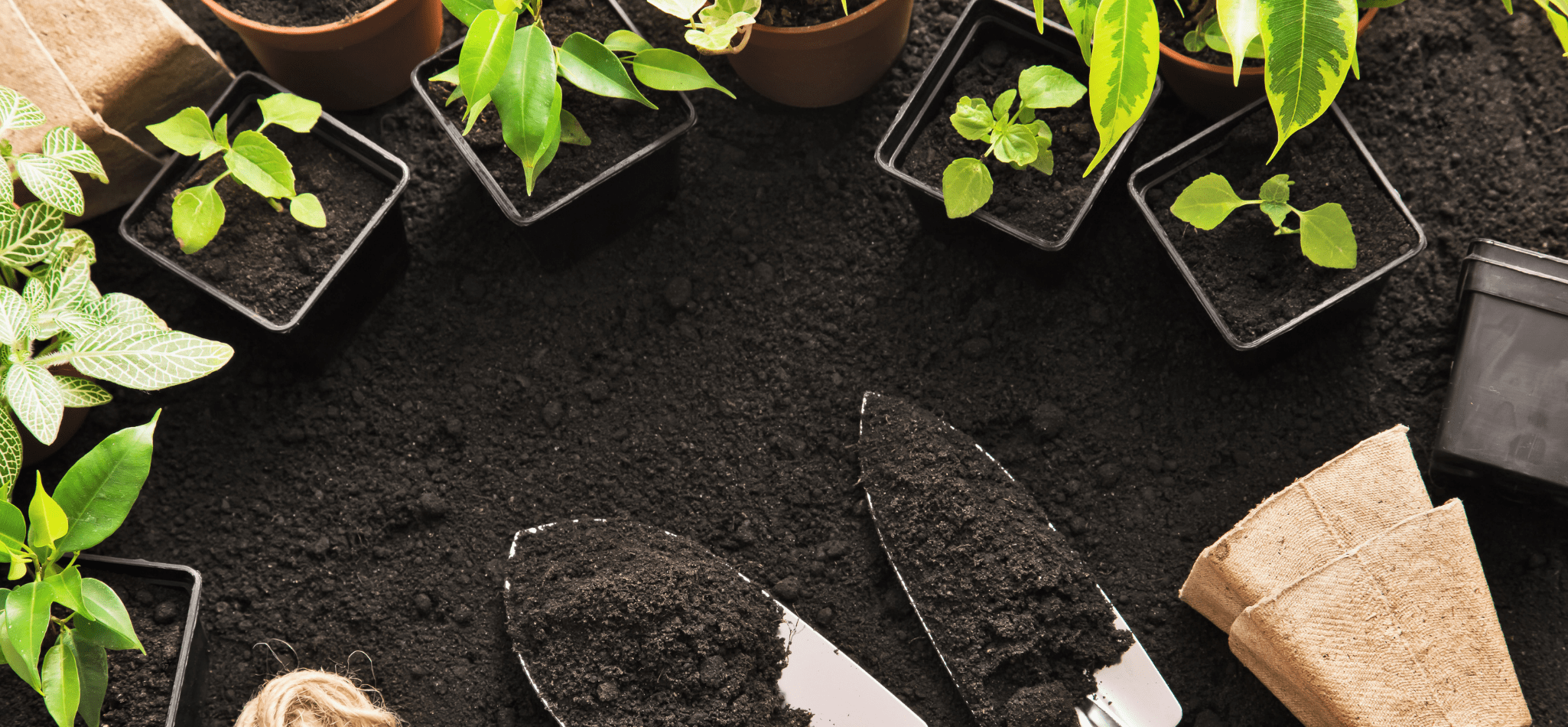
Snow is melting, and March break has ended. Summer is so close you can almost taste it! Even though some places still have frost did you know that starting to plan for your best garden yet starts in March? Here are our top ideas for getting your garden ready in March:
1, Check out your tools & make a plan!
The first step of any project often starts before getting your hands dirty, in this case literally! Before getting excited about planting, take a look at the tools you have. Are they in good condition? Do they need cleaning? Sharpening? Oil? Checking out your tools before you need them ensures that when its time to get started, everything is right where you need it. This is also a good time to assess if you need more soil, fertilizer, and other supplies.
While waiting for the weather to warm up it is a good idea to create a plan. What do you want to plant and when should it be planted? Do you want vegetables or flowers? Do you have a set budget? Even when indoors looking longingly at the thawing ground there is still work to be done indoors!
2, Spring Cleaning
Wayside Gardens suggests clearing out weeds, mulch, and debris. You can prepare the garden space by removing "anything in the way until you are back to the bare soil" Removing material includes removing weeds! Removing weeds and roots before planting can help ensure a healthy, happy garden with less weeding to do as the summer and spring carry on.
3, Planting!
Yes, planting already! As soon as the frost has gone there are a few things that can be planted. Balcony Garden Web advises planting cool-season plants now before it is too warm. These plants include turnips, beets, mustard, and spinach early, and adding peppers, cucumber, tomato, and corn in late March. Costa Farms suggests having a plan to cover your plants if another cold-snap happens.
Did you know that some plants can be started indoors and then planted outside in early spring? This of course will depend on the forecast and specific region, but you could still plant some bulbs and perennials too.
4, No Garden?
March is the perfect time to re-pot your indoor house plants. Giving plants a larger pot and fresh soil contributes to their health, and to your heath by ensuring they provide clean oxygen to your home. During the re-potting process you may also want to prune your house plants to encourage fresh spring growth.
5, Take a course!
What could be better than learning from an expert? Login to our service with UniversalClass.com and take Introduction to Gardening where you can learn about soil, pests, and different types of gardens including vegetable gardens and flower gardens.
Spring is a delightful time for new growth and new ideas. We hope these tips will help you get excited about your spring and summer gardens!


Add a comment to: Get Ready to Garden